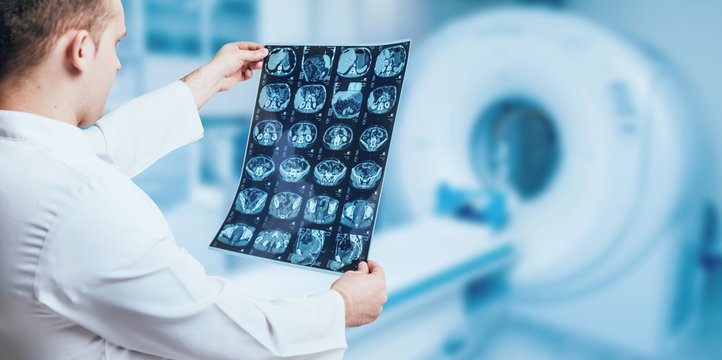When you’re dealing with life-threatening conditions, every second counts. Automation in image routing has revolutionized how medical facilities handle urgent cases, cutting response times from hours to mere minutes.
Modern radiology image sharing systems now use smart technology to identify critical findings and route them instantly to the right specialists, potentially saving thousands of lives each year.
The Current Challenge in Medical Imaging
You’ve probably never thought about what happens after your CT scan or MRI.
Traditional image routing relies on manual processes where technicians review scans and decide which doctor should see them first.
This outdated system creates dangerous delays when patients have strokes, heart attacks, or other emergency conditions.
Recent studies show that manual routing takes an average of 45 minutes to two hours before critical findings reach the right specialist.
During a stroke, brain cells die at a rate of 1.9 million per minute. You can see why speed matters.
How Automated Image Routing Works?
Automated systems use artificial intelligence to scan medical images as soon as they’re captured.
The technology identifies specific patterns that indicate emergency conditions like:
- Brain bleeds and strokes
- Pulmonary embolisms
- Aortic aneurysms
- Pneumothorax (collapsed lung)
When the system detects these patterns, it immediately alerts the appropriate specialist through multiple channels – text messages, phone calls, and direct notifications to their devices.
You don’t have to wait for human review because the AI handles the initial screening.
The process works like this: Your scan gets processed by AI algorithms that have been trained on millions of medical images.
Within 30 seconds to two minutes, the system can identify critical findings and send alerts directly to specialists who can treat your condition.
Real-World Impact on Patient Outcomes
| Condition | Manual Routing Time | Automated Routing Time | Time Saved |
| Stroke Detection | 90-120 minutes | 2-5 minutes | 85-115 minutes |
| Pulmonary Embolism | 60-90 minutes | 1-3 minutes | 57-87 minutes |
| Pneumothorax | 45-75 minutes | 30 seconds-2 minutes | 43-74 minutes |
These time savings translate to real lives saved. Stroke treatment within the first hour improves patient outcomes by 40% compared to treatment after three hours.
For pulmonary embolisms, early detection and treatment reduce mortality rates from 30% to less than 2%.
A major hospital system reported that automated routing helped them achieve “door-to-treatment” times of under 60 minutes for stroke patients, compared to their previous average of 180 minutes.
You can imagine how this impacts patient recovery and quality of life.
Key Benefits Beyond Speed
Reduced Human Error: Manual routing depends on tired technicians making correct decisions. Automated systems don’t get fatigued or distracted, ensuring consistent performance 24/7.
Better Resource Allocation: When you know exactly which cases need immediate attention, you can allocate your medical staff more effectively. Non-urgent cases don’t clog up the system while critical patients wait.
Improved Documentation: Automated systems create detailed logs of when findings were detected and who was notified. This helps hospitals track performance and identify areas for improvement.
Cost Savings: While the initial investment might seem high, automated routing reduces the need for additional staff during peak hours and decreases liability from delayed diagnoses.
Implementation Challenges You Should Know
Integration Complexities: Most hospitals use multiple imaging systems that don’t always work well together. You need robust integration to ensure automated routing works across all platforms.
Staff Training: Your medical team needs to understand how the new system works and trust its recommendations. Change management becomes crucial for successful implementation.
False Positive Management: AI systems sometimes flag normal scans as critical. You’ll need protocols to handle these cases without overwhelming specialists with unnecessary alerts.
The Future of Critical Finding Detection
Emerging technologies promise even faster detection times. Machine learning algorithms continue improving as they process more medical images. Some systems now detect critical findings in under 10 seconds.
Integration with mobile devices means specialists can receive high-quality images directly on their smartphones, allowing them to make treatment decisions even when they’re not in the hospital. You’re looking at a future where geography doesn’t limit access to expert medical opinions.

Making the Change Work for You
If you’re considering automated image routing for your facility, start with the most critical conditions first. Focus on stroke and pulmonary embolism detection since these show the clearest benefits and fastest return on investment.
Choose systems that integrate easily with your existing infrastructure. The best automated routing solutions work behind the scenes without disrupting your current workflows.
Remember that automation in image routing isn’t about replacing radiologists – it’s about helping them focus on the cases that need human expertise while ensuring critical findings never get delayed in the shuffle.



